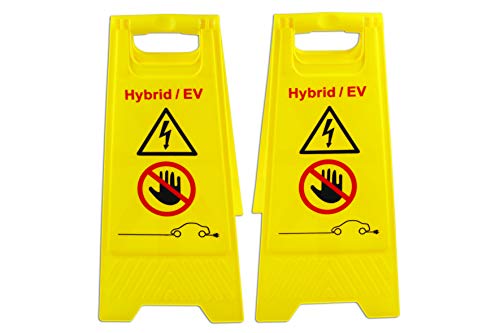- Joined
- Sep 1, 2012
- Messages
- 187
My poor old (SSE liveried) 2009 i-MiEV has developed a fault again having been my daily driver since I fixed its CMU LTC chip failure back in 2024 when I first bought it as a non-runner.
It won't go to 'Ready' and nor will it charge AC charge. If I try to start it, the HV battery fan comes on and sys on for about 5 minutes before turning off. Likewise, if I turn off the ignition, the fan continues for a similar time and then turns off. 12V battery is fine...
I have to say that the range has become pretty poor of late (30-40 miles?) and I suspect a dud cell. I can't get Canion to connect despite using it only 6 months back on another iOn fix... The MUT3 reports low voltages on 3 cells in CMUID01: Cell D and F are at 2.100V Cell E is at 3.300V and all the others are around 3.8/9xxV. Beginning to wonder if I left the car on overnight...
Going only from the error codes and voltages of the error cells, has anyone anything useful to suggest? I'll have another go with both MUT3 and Canion asap.
MW
It won't go to 'Ready' and nor will it charge AC charge. If I try to start it, the HV battery fan comes on and sys on for about 5 minutes before turning off. Likewise, if I turn off the ignition, the fan continues for a similar time and then turns off. 12V battery is fine...
I have to say that the range has become pretty poor of late (30-40 miles?) and I suspect a dud cell. I can't get Canion to connect despite using it only 6 months back on another iOn fix... The MUT3 reports low voltages on 3 cells in CMUID01: Cell D and F are at 2.100V Cell E is at 3.300V and all the others are around 3.8/9xxV. Beginning to wonder if I left the car on overnight...
Going only from the error codes and voltages of the error cells, has anyone anything useful to suggest? I'll have another go with both MUT3 and Canion asap.
MW
Last edited:




























